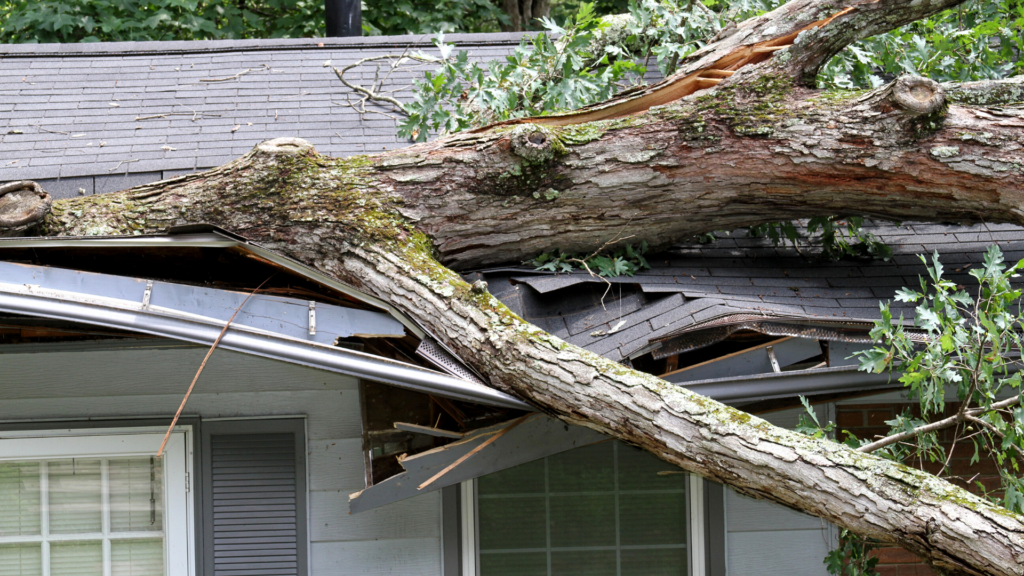It is incredibly important to prepare your home for a storm, but it is also important to know what to do afterward. Many homeowners are left feeling scared and confused after a natural disaster strikes, but you don’t have to. Learn what to do after a major storm as well as the potential safety hazards to watch out for.
What Should You Do After a Major Storm?
The exact “post-storm process” primarily depends on whether or not you had to evacuate prior to the storm. However, regardless of the exact situation, you should follow these principles to ensure your safety as well as a proper assessment of storm damage.
1. Take proper safety precautions.
Before driving through the city, make sure you check the local news. Fallen trees and power lines, flooding, and excessive debris (blown by the wind) can make driving a hazard. Additionally, if your home was hit hard, be careful walking through it. It could be that the structural integrity of the building has been compromised and is very delicate. Use caution walking through your yard as well in case any of the trees have broken branches.
2. Rescue what items you can.
If your home is safe to walk through, grab anything you think can be saved. For instance, if your home has a lot of flooding, you might want to take belongings from the water to ensure it is damaged no further. Don’t pour too much energy into rescuing your items, however. First, it is important to assess the total cost of damage.
3. Assess and photograph damage to your home.
Before enlisting the help of an official storm damage assessment team, assess the damage yourself. Take detailed photographs of everything you can reach so that your insurance has a reference point. Part of preparing your home before the storm is taking pictures of your undamaged house, so hopefully the two sets of photographs make a helpful comparison.
4. Contact your insurance provider.
Next, contact your insurance provider with the pictures and the details. This is typically where things start to get a little hairy, but don’t worry. A professional storm damage assessment team will help you settle any disputes with your insurance.
5. Check the quality of your water.
Do not drink your water without the go-ahead of authorities. The city’s water supply may have been compromised during the storm, making it a health hazard to drink before approval. Drink bottled water from the store.
6. Ask a professional to inspect potential electricity damage (before using your power).
Additionally, electrical damage makes it dangerous to try using your power before a professional tells you it is safe. Even if it doesn’t harm you, it could cause permanent damage to your power lines, so try not to jump the gun.
Who Assesses Your Storm Damage?
Hiring a professional storm damage assessor is the best way to ensure a thorough, fair assessment. A professional storm damage assessor will examine your roof, HVAC system, power lines, water damage, mold damage, etc.
What is Our Mission?
Disaster Management Recovery Group is here to assess your storm damage and determine the next step. If you need a roofing evaluation or have suffered exterior damage due to storms or other natural disasters, contact us and schedule a storm damage evaluation and start on the road to recovery.


